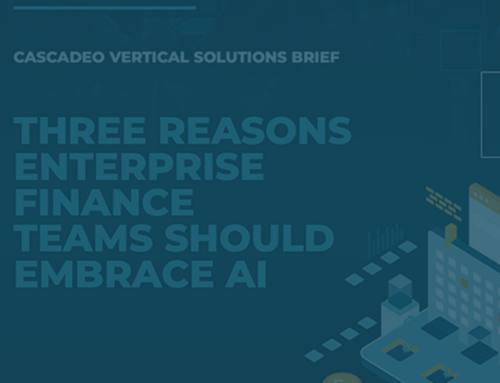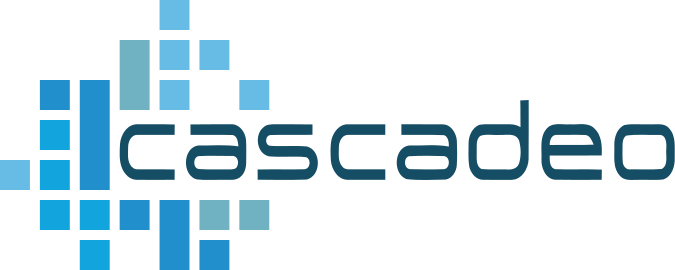
Storytelling can provide a humanizing reassurance in the face of more data than a human could ever process, which is the situation where we find ourselves in the present moment, and which will only amplify in the future.
Adopting a Data-Centric Culture Can Accelerate Growth
Cloud transformation is an essential step for most companies as they look ahead to expansion and innovation. It enables agility and ease of development, growth at scale, and resiliency in operations. But perhaps the most forward-looking aspect of cloud transformation is dramatically enhanced data capacities. Modern business is built on knowledge—knowledge gleaned from customer touchpoints, analytics-derived trend observations, modeling and visualization via business intelligence, and the relationships among these and other data-oriented functions. As more possibilities for data collection, storage, and analysis emerge, it will become even more obvious: the future of business computing is data.

Unfortunately, according to the Data and Analytics Leadership Annual Executive Survey 2023, while organizations recognize that building their data capacities is essential, most are lagging behind their own benchmarks in doing so. Why? Entrenched corporate culture, often including a lack of clear data ethics policies and practices, leaves organizations at large distrustful of data management functions. Data transformations are hampered, as well, by general resistance to change in process and procedure. Data analytics, business intelligence, and AIOps are complex, even as they are necessary, and that complexity represents its own barrier to adoption. Feeding the complication are the enormous number of options for comprehensive data management design, an essentially open field of ideas with only a newly emerging set of best practices. Data fabric? Data mesh? Who knows?
Enterprises can confidently implement data programs and adopt a data-centric culture to carry their work into the future in the face of so many open questions with a clear, outcome-driven data management strategy and human-centric data literacy focus. For data to fulfill its promise in the future of business, organizations must buy into that promise and into the process. To foster buy-in, leaders must overcome adoption hesitancy with clarity, specificity, and strategy, including an embrace of emerging solutions like data fabric and AI-augmented integration.
Such a strategy must cover data design comprehensively, including data collection, integration, and distributed delivery. It must consider composability and scalability in data architecture to allow for adaptability as data needs and use cases change. It should take full advantage of automation to reduce manual interventions and tasks. It should be built around a principle of easy, controlled access. And its vision should be evident to everyone involved, with strong ties to business outcomes communicated throughout.
MIT’s Sloan School of Management recommends a storytelling approach to data presentation that begins with meeting your audience where they are: as humans, first, who have learned most of what they know of the world from narrative forms of information. A picture may be worth a thousand words, but if it’s a picture built of overwhelming, incomprehensible data with no meaningful context, it’s not worth much at all. A story, unlike a visualization or chart, has a beginning, a middle, and an end. It shows an audience where they are, where they need to be, and how to get there. It provides a humanizing reassurance in the face of more data than a human brain could ever process, which is the situation where we find ourselves in the present moment, and which will only amplify in the future.
The same approach may prove useful in overcoming organizational resistance to data management programs and strategies. Informed stakeholders likely already recognize the value of a strong data program across an organization, but may not be able to fully conceptualize the path to get there, or the cost/value balance of the effort. If leaders can tell stakeholders the story of their relationship to data, however, those stakeholders may well be persuaded more quickly and effectively to support a data implementation strategy, and to engage proactively with that data strategy in the future, in turn increasing the value of a data program through frequent engagement and innovation of use cases, and helping the organization get the most out of their cloud transformation. A child says, “Tell me a story,” and we do. As professionals, we don’t ask for stories the way children do, but we can still lean into their comfort and familiarity to accomplish our data implementation goals.




